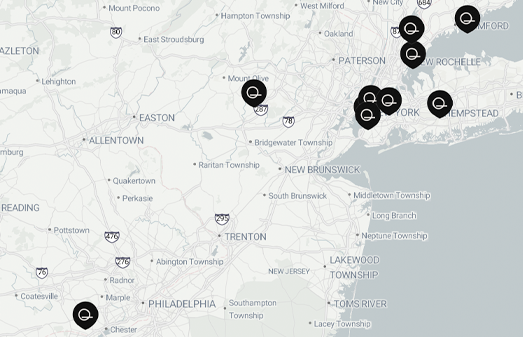


- Botox & Fillers
- Lip Enhancement
- Chin Enhancement
- Cheek Enhancement
- Jawline Enhancement
- Other Procedures
- Thermage Skin Tightening
- Fraxel Skin Resurfacing
- Morpheus8 Skin Tightening
- Clear + Brilliant Skin Rejuvenation
- Hydrafacial
- Microneedle Skin Rejuvenation
- Vi Peel Skin Rejuvenation
- Ultherapy Skin Tightening
- CO2 Laser Resurfacing
- Other Procedures
- PDO Thread Lift
- Laser Genesis Rejuvenation
- Aquagold Facial
- Freckle and Sun-Spot Removal
- Microdermabrasion
- Vein Reduction
- Moles, Warts, Skin tags
- Tattoo Removal
- Acne Scars and Surgical Scars
- Stretch Mark Treatment (Carboxy)
- Nail Rejuvenation
- Pearly Penile Papules
- Plantar Wart Removal
- Cryotherapy for Genital Warts
 (914) 273-0858
(914) 273-0858 Book Online
Book Online E-mail
E-mail
Chemical Peel For Youthful Skin
VI PEEL
Targets acne, sun damage, melasma, hyperpigmentation, fine lines, and evens skin tone and texture
The Vi Peel procedure involves applying a specialized chemical solution to exfoliate the skin and stimulate new cell growth, effectively addressing skin concerns
$356/session with membership ($445 regular)
$961/3-sessions with membership ($1,201 regular)


Skin Concerns and Results

Pigment and Photo Damage

Acne

Tone and Texture

Acne Scarring
New to StudioMD?
Enjoy 15% off with code NEWGLOW
Become a Member
Enjoy 20% off with code MEMBER20
Not a member? No problem! Purchase the offer now and sign up for a membership ($99 annual fee) in-store before your treatment.
BUY A PACKAGE NOW
1. Make your purchase below.
2. Receive your automated confirmation email upon purchase.
3. Follow the instruction in the email to reserve your prepaid appointment at your location of choice.
2 Promotions are only valid for advanced online purchases.

WHY STUDIOMD
We have been leader in the field of cosmetic laser and medicine since 2008
And in those 16+ years, we have performed more than 100,000 treatments on all skin types with your safety as our top concern.
We are conveniently located in NY, NJ, CT, and PA; currently with 9 locations and counting.
READY TO BOOK A FREE CONSULTATION?
Easy Peasy!
Submit Form Below or Click to Book Online or Call (914) 273-0858
FREQUENTLY ASKED QUESTIONS
- In a Superficial peel the solution is applied to the skin and left on for a few minutes to remove skin cells from the top layer of your skin, the epidermis. After that, your skin may feel tight for a couple of hours.
- In a Medium peel the solution is applied and left on for a few minutes so skin cells can be removed from the top and middle layers of skin. Following the procedure, you may feel a burning or stinging sensation on your face and your skin may go brown or red for a few days. After a medium peel it can take up to 4 weeks for your skin to heal completely.
- Deep peels affect the deeper layers of skin and usually require anesthetic creams to numb any pain. During the procedure the solution is applied to the face and left on for 30 minutes or more. Along with peeling you’ll likely have some redness and discomfort for a few days. The swelling of a deep peel can last up to 2 weeks, and redness can last up to 3 months.
LOCATIONS & DIRECTIONS





